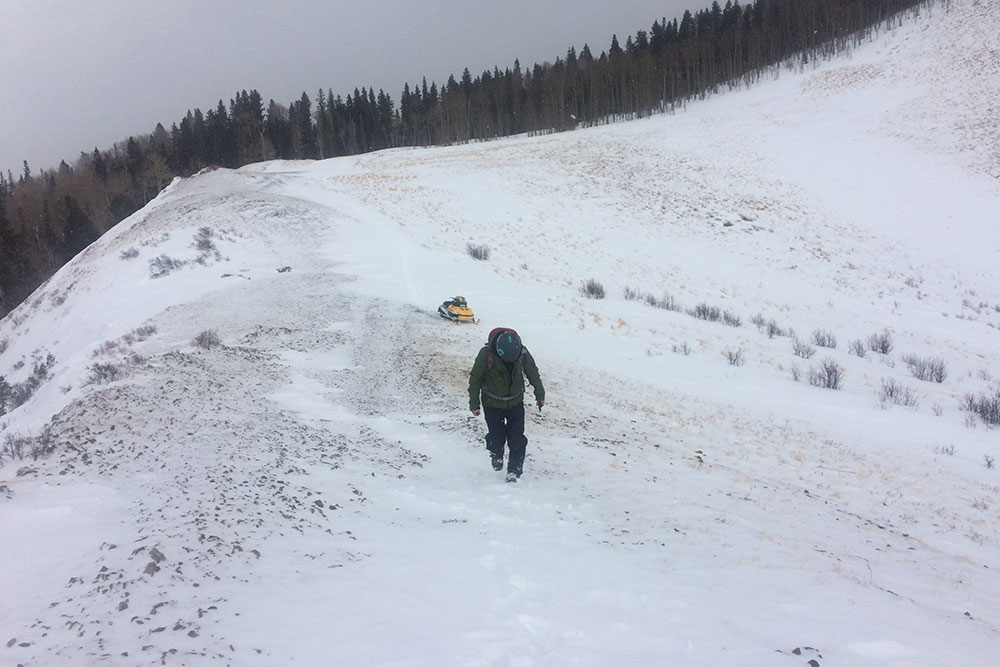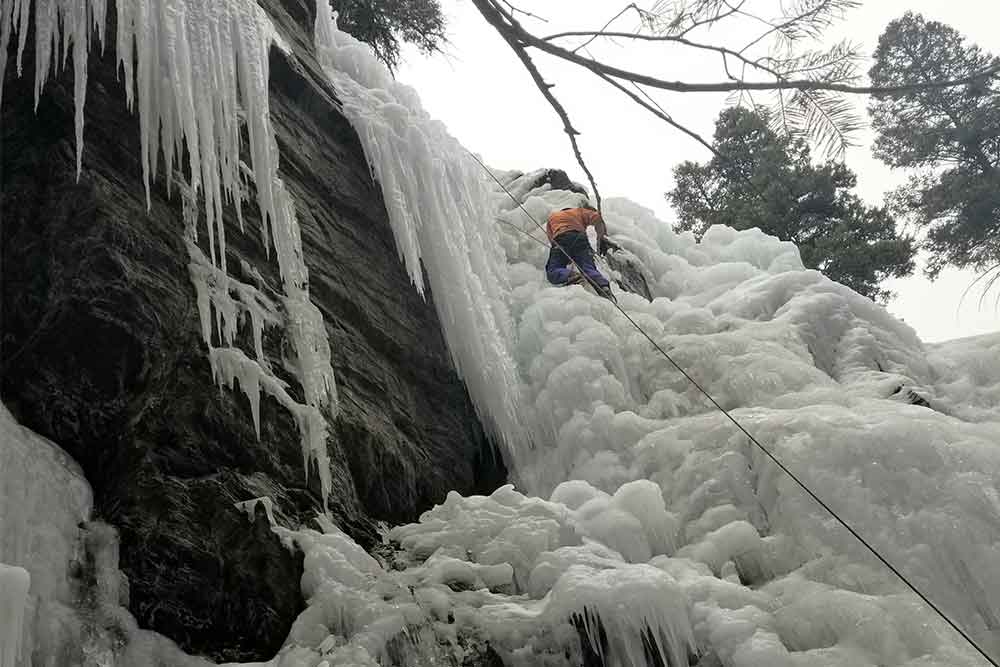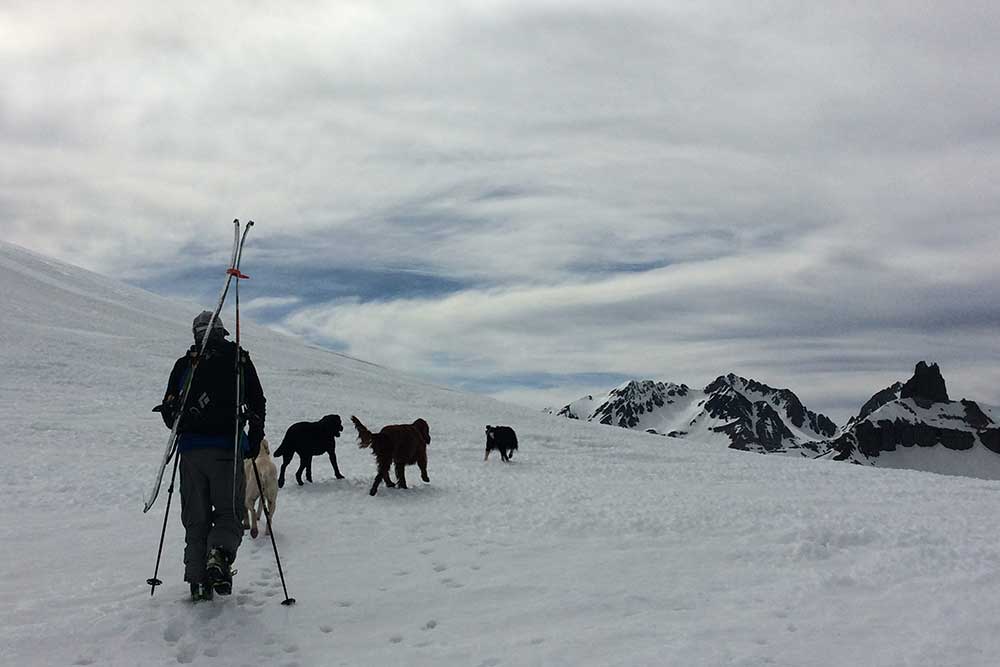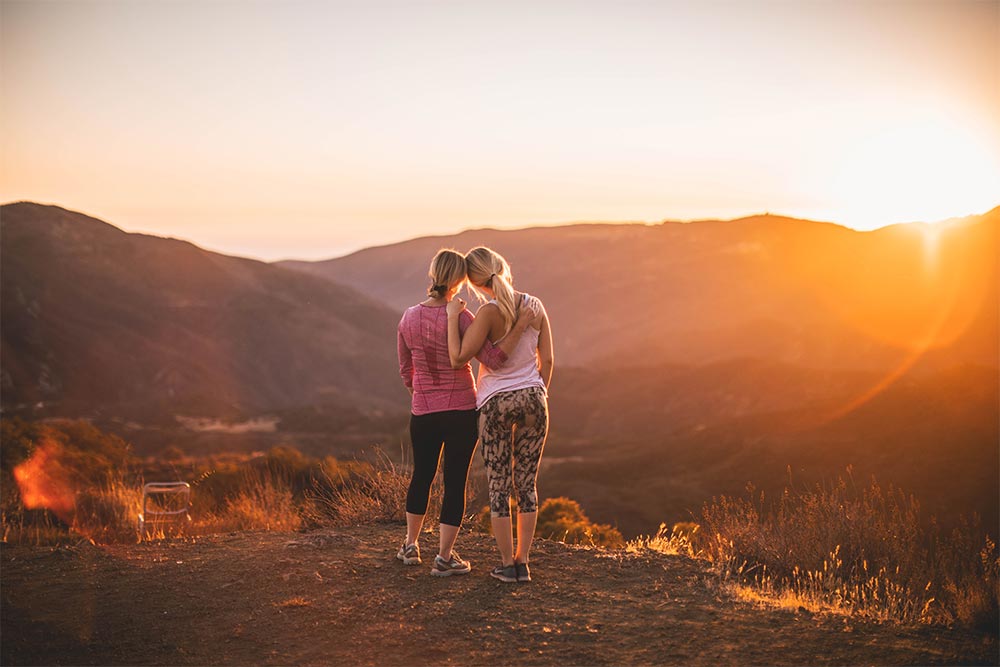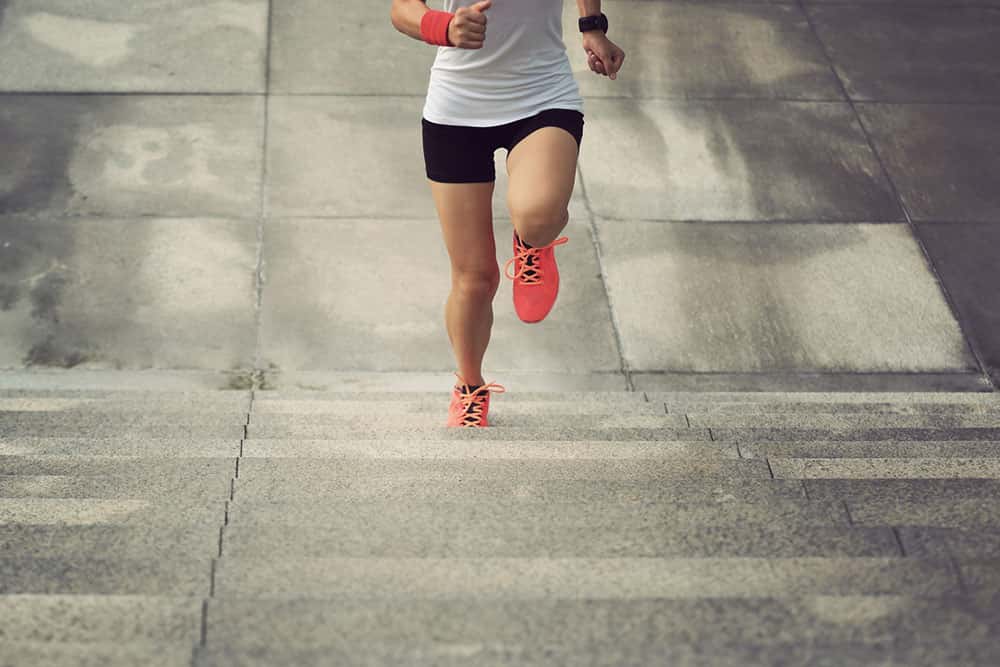Get Off The Groomed Trail With Backcountry Snowmobiling
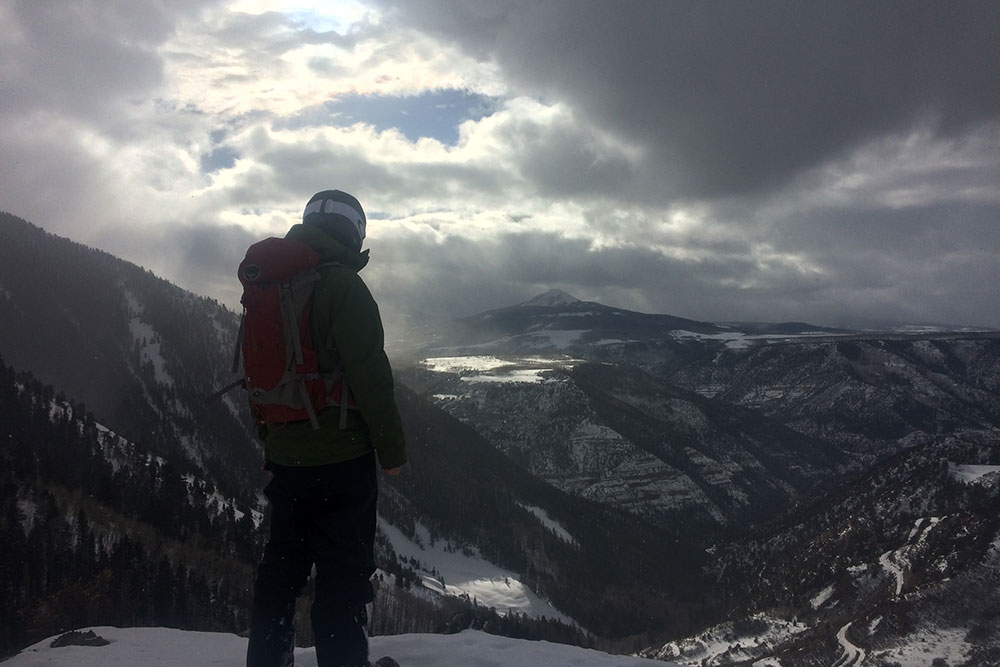
Hank Shell
When it comes to backcountry skiing, there is no luxury so sinful as a snowmobile. A long journey skinning through deep snow becomes a swift jaunt through swirling landscapes. The rasping wind hard against your face is no longer solely in the realm of the descent. I was at work in Mountain Village, pulling rental skis for the holiday crowd, when I got a text from my roommate.
“I’m going to buy a sled,” he wrote, using the shorthand term for a snowmobile. Visions of backcountry pillows and untracked Aspen glades filled my head. The garishly yellow machine was parked proudly in the middle of the driveway when I got home.
Aside from doing laps around the house and using it as a tow-in for our backyard kicker, the snowmobile sat mostly untested on its trailer until Saturday of last week, when we decided to foray into the Uncompahgre National Forest near our home in Placerville, Colo. Sled loaded on its trailer, skis racked on the car, we set off along icy-glazed dirt roads toward Whipple Mountain, just along the border of the Mt. Sneffels Wilderness Area in San Miguel County. From our driveway, the journey to Whipple Mountain is one without pavement, gas stations and with sparse human habitation.
The loaded trailer jounced behind us as we wove our way around dog-leg turns and through stands of Aspen to the terminus of winter maintenance, high on a table-top mesa.
Related Article: Alpine Skiing: A Form of HIIT
The mountains roiled up in front of us, forming a dramatic backdrop for the flat, white expanse of the mesa. We backed the trailer up to the plow-driven embankment of snow at the end of the road.
From there, we dragged the machine from the trailer (it doesn’t have reverse) and locked the car. Tyler yanked the starter. The two-stroke engine grumbled lazily then went silent. It was a fickle machine. After an exhausting series of tag teaming the starter rope, the engine came to life with a shrill whine. Tyler took the handlebars, I climbed onto the back, and we were off.
We accelerated quickly onto the white satin ribbon of the unplowed road. From its base in the foothills, the ribbon wound its way through undulating pastures, following contours and fence lines before disappearing into the swollen topography. Above us, a storm had settled onto Whipple Mountain. Snow clouds swirled around us as we ascended. A quiet winter fog settled onto the world.
The sensation of snowmobiling on deep snow is not unlike piloting a powerboat. The machine literally floats along the top of the snow, and steering is accomplished more by weighting the sides of the machine than by turning the handlebars.
In this way we climbed into the alpine landscape.
Related Article: Carpe Diem, The Series: Winter Sports for the Adventurous
Backcountry safety
Winter backcountry recreation is growing exponentially in popularity. Whether it’s snowmobiling or skiing, people are finding that leaving the beaten path for the solitude and majesty of the wilderness is an infinitely rewarding experience.
Unfortunately, many newfound backcountry enthusiasts lack awareness of the risks of winter backcountry travel. In Colorado, the biggest of those risks are avalanches.
The United States has seen six avalanche deaths this season, a number that’s sure to increase in the coming months.
Any seasoned backcountry enthusiast will tell you that there are a few indispensable items that every backcountry traveler should carry. A shovel, probe and avalanche transceiver form the core of these life-saving supplies. Transceivers allow one to locate a buried victim, or be located, in the event of an avalanche. Shovels and probes help rescuers locate and disinter a buried victim.
Perhaps the most important asset to any backcountry traveler is a solid knowledge of snow science, current conditions and risk assessment.
The American Institute for Avalanche Research and Education (AIARE) has standardized avalanche safety training courses, which are taught by a multitude of organizations across the country.
Taking a Level 1 AIARE course is a great way to get acquainted with avalanche safety.
Practicing beacon searches is a good way to keep your search and rescue skills honed. Have a friend bury a transceiver and time your recovery of it.
Read your state avalanche information center’s reports regularly.
The descent
Terra firma dropped away beneath an ever-deepening snowpack as we ascended the mountain’s flanks. Soon we switched to riding tandem, hanging off either side of the snowmobile, one arm on the handlebar and the other crossed on the handle in front of the instrument panel.
The arrangement gave us more leverage to turn the snowmobile with our bodyweight. We continued up through stands of Aspen and willow to a promontory overlooking neighboring Gray Head Mountain. The San Miguel River Canyon unfurled below us, running from Saw Pit, Colo., toward the town of Placerville.
Above us, the clouds still brooded atop Whipple Mountain.
We snapped a few photos before deciding to descend.
I unstrapped my skis from my backpack, kicked into the bindings and set off behind the snowmobile.
We descended the road, retracing our tracks and occasionally dipping into the hillside meadows and glades buffering the snaking road.
One might suppose that a snowmobile takes much of the physical challenge out of backcountry skiing – not so. While you’re certainly saving energy by riding up the mountain, you’re able to squeeze in more vertical in a day than you would with skinning alone.
Tyler and I arrived at the car serenely uplifted by the experience, though justifiably tired.
All in all, snowmobile-access sledding is one of my new favorite ways to get active in the backcountry.
Related Article: Endocannabinoids: The Secret to Why Exercise Makes Us Feel So Good
You Might Like:

